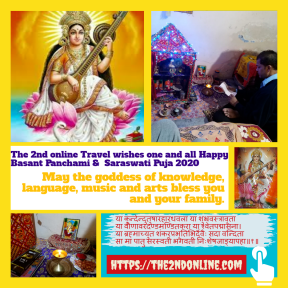
Become A travel Agent Daaswamedh Ghat Varanasi Hotels News it is 2nd to none The 2nd Online Travel The Holy Ganges Tour Aids Travel Assistance Travel Package Varanasi
Spring is in air, Fresh blossoms everywhere. Sending you my warm greetings on the auspicious occasion of Basant Panchami!


Love watching sunset every night !
Admiring the persistence you put into your site
and in depth information you present. It’s awesome to come across a
blog every once in a while that isn’t the same outdated rehashed
material. Fantastic read! I’ve bookmarked your site and I’m adding
your RSS feeds to my Google account.
Hey If you are going for best contents like I do, only pay a visit this web site daily as it offers quality contents, danke
Hi everyone If you are going for best contents like I do, only pay a visit this web site daily as it offers quality contents, thank u
Hi everyone At this moment I am going to do my breakfast, when having my breakfast coming again to read other news. danke
Ciao I enjoy what you guys are usually up too. This kind of clever work and coverage! Keep up the fantastic works guys I’ve you guys to my blogroll. danke